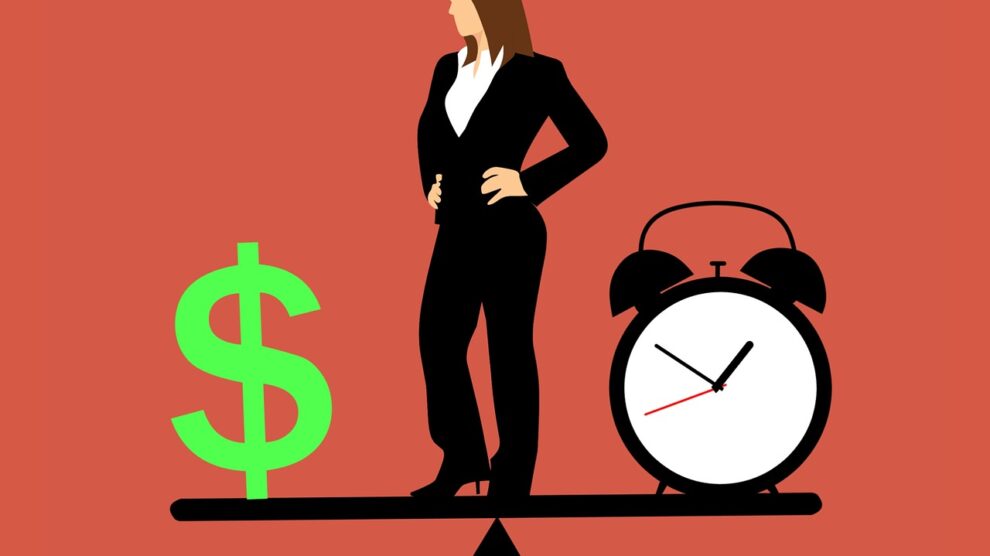Buy Now, Pay Later (BNPL) is unquestionably booming, driven by its much-publicized popularity with young consumers and its timely with the explosion of smartphone-enabled mobile commerce (m-commerce). According to a report by Insider Intelligence, BNPL is projected to rack up $680 billion in transaction volume worldwide in 2025, which means, a forecasted compound annual growth rate (CAGR) of 13.23% since 20181. However, some businesses are not taking full advantage of this demand, given their outdated perceptions of creditworthiness. Traditional credit scoring methods have historically based their risk analysis uniquely on credit history, disregarding and penalising people that don’t meet the expected financial reliability with low scores.
With the advance in financial technology, new companies have offered interesting alternatives to the conventional understanding of creditworthiness. For example, BNPL offers those unbanked the opportunity to increase their purchasing power by obtaining financing, without the need of having a credit card. In this way, these people can pay fixed monthly amounts, with no interest, without assuming the costs of the deferral of payment. The 2022 Global Payments Report from FIS highlights that BNPL represented the 2,9% of global e-commerce transactions value in 2021, and is projected to reach 5.3% share by 2025.
BNPL services can be one of the fastest ways to financial inclusion. Through this payment method, people outside the formal system, such as Gen Zs, could get their first controlled credit and start displaying their financial behaviour. Therefore, instead of applying for a loan or a credit card in a traditional institution with high chances of being rejected, they could start generating a history through BNPL.
BNPL companies are mostly oriented to young consumers who are unable to apply for credit or loans because they have yet the chance to build their credit scores. These younger consumers are also choosing financing options that are best for their personal finance, avoiding accrued debt as much as possible. According to Forbes, although Millennials are the biggest users of BNPL with 41% of consumers, the Gen Z’s are growing six-fold from 6% in 2019 to 36% in 2021. Gen Zs are now taking a smarter approach to personal finance because they want to secure well-paid and stable jobs, grow their savings, and avoid massive amounts of debt.
Alternative Credit Scoring Boosted BNPL Evolution
In the same way that the smartphone and e-commerce revolutionised BNPL, artificial intelligence, machine learning, and behavioural intelligence have revolutionised credit scoring. Therefore, a big part of the reason why BNPL has gained so much traction is because of the rise of alternative credit scoring.
Alternative data is a set of information that comes from multiple sources beyond those offered by a traditional credit bureau. In the case of credit scoring, artificial intelligence algorithms are analysed to obtain a credit score based on non-traditional data such as customer smartphone behaviours, reducing the potential risk of debt default.
By using alternative scoring credit apps that check real-time credit scores, BNPL consumers can immediately get assessed and, thus, be approved. This improves a consumer’s credit score, since, lenders can know that they are reliable borrowers.
In summary, alternative credit scoring has encouraged BNPL methods to boost financial inclusion by providing new ways of measuring and analysing creditworthiness. Now, consumers can obtain better credit scores and improve their acquisition power, without damaging their financial health.





